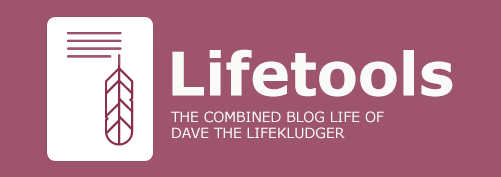Accessibility QA starts with broadening your frame of reference and understanding what it’s like to use a computer in unfamiliar ways. With that understanding, we can dive into actual testing.
The usual starting point is to read the Web Content Accessibility Guidelines (aka WCAG), which define the current accessibility standard. (The older Section 508 standard is relevant only for government sites.) But good luck understanding WCAG on first glance.
WCAG is broken into three levels (A, AA, AAA); four principles; 12 guidelines; and 61 success criteria. It’s hard to make sense of WCAG’s multi-layered categorization, jargon, and sheer number of items.
The good news: You don’t have to worry about all that to get started. Instead, I find it easier to think in terms of these broad goals:
- Goal 1: People who don’t use a mouse should be able to use and understand a site.
- Goal 2: People who don’t look at a screen should be able to use and understand a site.
- Goal 3: A site’s content should be visually legible.
- Goal 4: People should have access to alternate versions of video and audio content.
- Goal 5: People should have control over automatic changes to the page.
…
Curated by (Lifekludger)
Read full article at Source: How to do Web Accessibility QA: Part 2 | Viget

